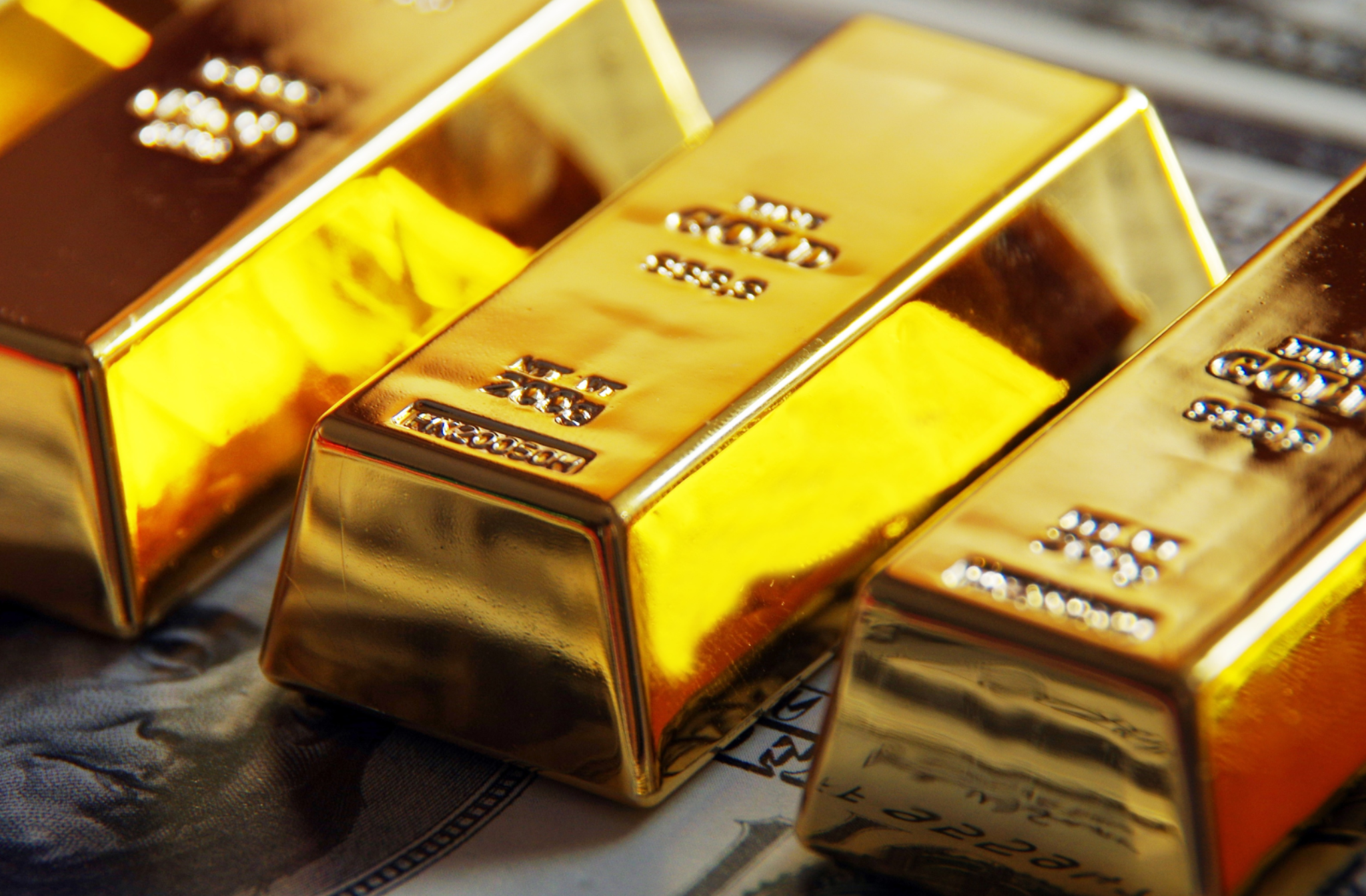Dollar Wealth Management Assets Double Amidst Interest Rate Uncertainty
November 2, 2024
Advertisements
Since the beginning of November, the gold market has shown remarkable activity, culminating in a significant surge in pricesNotably, spot gold prices reached a six-month high at an impressive $1824.39 per ounceHowever, this upward momentum witnessed a notable reversal last week, with COMEX gold dropping from $1809.4 per ounce to $1803.0, and AU9999 also fell from 404.7 to 403.7 yuan per gram, indicating a volatile trading environment.
The question looms large: Can gold maintain its upward trajectory, especially as the Federal Reserve continues to recalibrate its monetary tightening strategy?
On December 15, all eyes were on the Federal Reserve’s monetary policy meeting, where it was announced that the federal funds rate would increase to a target range of 4.25%-4.50%, marking a 50 basis point hikeWhile this increment aligned with market expectations, it was the first instance since the commencement of rate hikes earlier in the year that the pace of increases was slowed
This should have been perceived as a tempered approachHowever, the overall tone of the Fed's announcement leaned towards a hawkish stance, sending ripples through the gold market.
Jerome Powell, the Federal Reserve Chairman, emphasized the prevailing uncertainties surrounding inflation and expressed a resolute intent to continue with rate hikesAt the same time, he acknowledged the looming risk of a recession within the U.SeconomyThis apparent paradox illustrates the delicate balance that the Federal Reserve is attempting to strike in a complicated economic landscape.
Across the Atlantic, the European Central Bank exhibited a notably hawkish demeanor as well, raising rates by 50 basis points to 2.5%. ECB President Christine Lagarde firmly underscored that markets should not harbor unrealistic expectations regarding a pivot in monetary policy, reiterating the bank’s commitment to combating inflation through continued rate increases.
The unexpected hawkish outlook from both U.S
and European central banks led to a significant retracement of gold pricesHowever, the following day witnessed a rebound in gold values due to disappointing economic data from the U.S., where manufacturing and consumer metrics fell short of expectations, reinforcing the narrative of economic decline.
In this context, the observations of fund managers like Xie Yi from Nord Fund come into sharper focusHe noted that a deceleration in rate hikes from the Fed could lead to short-term oscillations across various asset classesRisk-sensitive assets, including equities from emerging markets like China, rebounded notably, with the Shanghai Composite Index rising approximately 9.8% in November alone, suggesting that the market could be preemptively responding to shifts in economic forecasts.
Similarly, gold, an asset heavily influenced by interest rates, recorded an 8.67% rebound in the previous month and appears to be sustaining that upward momentum
However, the appreciation of the renminbi resulted in a relatively modest increase in gold prices denominated in yuan, registering at about 3.8%.
Looking ahead, opinions among fund managers diverge regarding gold's prospectsXie Yi predicts a predominantly range-bound market, suggesting that a decline in overseas inflation appears to be a likely scenario, which could exert downward pressure on gold pricesHe argues that significant opportunities for gold investments may only arise once the Federal Reserve embarks on a new cycle of rate cuts.
Conversely, analysts from Huaan Fund maintain a more optimistic outlookThey assert that in the medium to long term, a decrease in inflation rates coupled with an increase in recession probabilities could pivot the rationale for gold investments from stagflation to recession hedgesConsequently, institutional investors might boost their allocations to gold, enhancing its investment value.
A core part of this vision lies in the adjustments made by the Federal Reserve regarding its terminal interest rate forecast for the coming year

Market participants exhibit varying interpretations of the Fed's path toward future rate changes and possible reductionsCentral to these shifts is the notable decline in key inflation indicatorsHigh-frequency data suggest that persistent costs such as rents and wages are also starting to decline, potentially leading to further adjustments in monetary policy expectations.
Wang Xiang from Bosera Fund provided insights into the evolving economic pressures markets may face as the duration of elevated interest rates extendsSuch pressures could intertwine with market expectations, resulting in a negative feedback loop where gold may emerge as a relative beneficiary.
Moreover, Wang pointed out that the next Federal Reserve interest rate decision is slated for February 2023. Until then, the absence of policy changes may diminish the impactful influence the Fed previously hadNonetheless, seasonal demand could still buoy the gold market in the interim
Leave A Comment